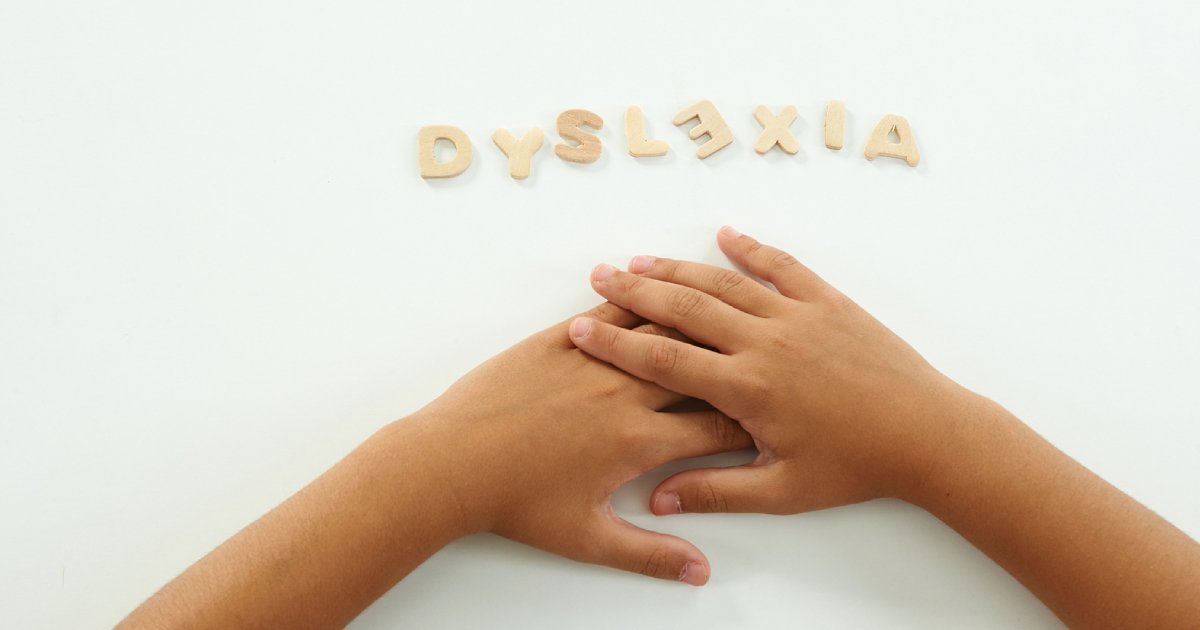Every parent wants their child to succeed in school. When reading, writing, or spelling become ongoing challenges, many families turn to tutoring as the go-to solution. But for children with dyslexia, traditional tutoring methods often fail to deliver real progress — and can sometimes make things worse.
Understanding why conventional approaches don’t work, and what truly effective alternatives look like, can help parents choose a better path forward for their child.
What Is Dyslexia?
Dyslexia is a neurological learning difference that primarily affects reading, spelling, and language processing, and it can sometimes occur alongside a speech and language delay. Children with dyslexia may struggle to connect sounds with letters, decode words, or remember spelling patterns, despite having average or above-average intelligence. Signs include:- Difficulty sounding out unfamiliar words
- Confusing similar-looking letters (e.g., ‘b’ and ‘d’)
- Problems with spelling, even after repeated practice
- Avoiding reading aloud
- Slow reading speed and poor reading comprehension
Why Traditional Tutoring Doesn’t Work
Most tutoring programs focus on content review, memorisation, and repeated drills. While this might help students who simply need extra practice, it does not address the root challenges of dyslexia — which stem from how the brain processes language. Key reasons traditional tutoring fails include:- Lack of phonological instruction – Dyslexic learners need explicit teaching in phonemic awareness, not just word memorisation.
- One-size-fits-all approaches – Standard methods don’t adapt to individual learning profiles.
- Over-reliance on visual learning – Dyslexic children often benefit from multisensory strategies, not visual repetition.
- Low confidence and increased anxiety – When children fail despite tutoring, they may feel “stupid” or give up entirely.
What Actually Works
To support children with reading and processing difficulties, interventions must be structured, multisensory, and evidence-based. Effective programs often include:- Symbol Imagery & Concept Imagery Training– Strengthening the ability to visualize letters, words, and ideas helps improve decoding, spelling, and comprehension. These techniques build the mental imagery needed for fluent reading and understanding.
- Auditory Processing Interventions– Activities that improve how the brain receives and interprets sound. This may include auditory discrimination, sequencing, memory, and attention exercises. Programs using filtered sound or rhythm-based input (like bone conduction) can enhance auditory pathways and listening accuracy.
- Multisensory Learning– Combining visual, auditory, and kinesthetic input (e.g., saying sounds aloud while visualizing or writing them) reinforces learning across multiple brain systems.
- Step-by-Step, Scaffolded Instruction– Concepts are broken down into manageable steps and reviewed regularly to ensure mastery and boost the learner’s confidence.

